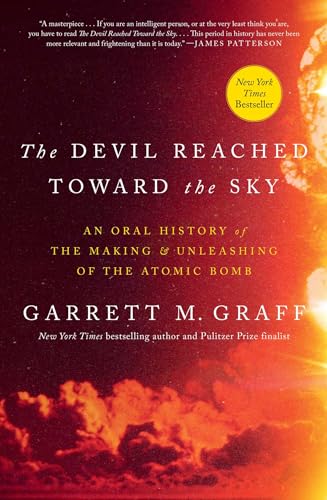
Empire of Destruction
by Alex J. Kay
"A History of Nazi Mass Killing"
Popularity
4.45 / 5
* A book's popularity is determined by how it compares to all other books on this website.
Where to buy?
Buy from Amazon* If you buy this book through the link above, we may receive a small commission at no extra cost to you.
Empire of Destruction by Alex J. Kay
Details
War:
World War II
Perspective:
Researcher
True Story:
Yes
Biography:
No
Region:
Europe
Page Count:
411
Published Date:
2021
ISBN13:
9780300262537
Description
Brief Summary
Empire of Destruction by Alex J. Kay offers the first comprehensive, comparative history of Nazi mass murder, illustrating how genocidal policies were central to the regime’s strategy during World War II. The book details how Nazi Germany, in its pursuit of European dominance, executed deliberate policies of mass killing, resulting in the death of approximately 13 million civilians and non-combatants. Nearly half of these victims were Jews, who were systematically exterminated in the Holocaust, the core of the Nazis' racial purification efforts. Furthermore, the book examines other victim groups, including captive Red Army soldiers, the Soviet urban population, the disabled, the Roma, and the Polish intelligentsia, all of whom were perceived by the Nazi regime as threats to their hegemony.
Main Themes and Topics
One of the central themes in Empire of Destruction is the examination of Nazi genocidal policies within the broader spectrum of mass murder during the Holocaust era. Kay delves into the ideology of racial purity that fueled the Nazis' destructive ambitions, showing how ethnic cleansing was intertwined with their broader war objectives. The book categorically analyzes the genocide of European Jews in the wider context of other mass killings conducted by the regime. Another significant theme is the dehumanization of diverse groups, underscoring how a regime could rationalize mass killings as a strategic necessity for wartime success.
Writing Style and Tone
Alex J. Kay's writing in Empire of Destruction is both methodical and lucid, employing an academic tone appropriate for the gravity of the subject matter. The narrative balances a clear presentation of statistical evidence with poignant individual stories, humanizing the vast tragedies behind the numbers. Kay's prose is structured to guide the reader through a complex historical landscape, ensuring that the analysis is accessible while maintaining scholarly rigor. The tone is fittingly somber and reflective, acknowledging the profound horrors being recounted.









